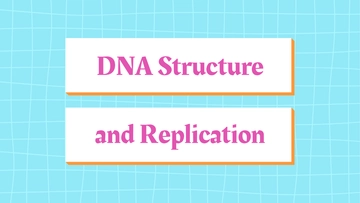Free Scientific Journal Article

Written By: [Your Name]
Abstract
This article examines the role of various renewable energy technologies in addressing climate change and reducing carbon dioxide (CO2) emissions. By exploring solar, wind, hydropower, geothermal, and biomass energy, the study highlights their potential contributions to a sustainable and low-carbon future.
Introduction
Climate change, driven by rising levels of CO2 in the Earth's atmosphere, represents a critical environmental challenge. Renewable energy technologies offer a viable solution by providing sustainable and clean energy sources that significantly lower carbon emissions compared to conventional fossil fuels.
Literature Review
The literature underscores the importance of renewable energy in mitigating climate change. Studies show that solar energy, wind energy, hydropower, geothermal energy, and biomass energy each offer distinct advantages and limitations. Research emphasizes the need for a diversified energy portfolio to achieve substantial reductions in carbon emissions.
Methodology
This article employs a comparative analysis of five major renewable energy technologies: solar, wind, hydropower, geothermal, and biomass. Data was collected from recent studies, industry reports, and case analyses to assess each technology's effectiveness in reducing CO2 emissions and its overall impact on the environment.
Results
Solar energy is effective in generating electricity and heat with minimal CO2 emissions. Its widespread adoption can significantly reduce reliance on fossil fuels.
Wind energy utilizes wind turbines to generate electricity with no direct emissions. Technological advancements have improved its cost-competitiveness and efficiency.
Hydropower generates electricity from flowing water, with potential environmental impacts related to dam construction. When managed responsibly, it provides reliable, low-carbon energy.
Geothermal Energy: Harnesses underground heat for electricity and heat production with minimal greenhouse gas emissions. It offers a consistent and sustainable energy source.
Biomass Energy: Converts organic materials into energy with lower carbon emissions than fossil fuels. Its sustainability is contingent on responsible management practices.
Discussion
The integration of renewable energy technologies presents a significant opportunity to reduce global carbon emissions. Each technology has unique benefits and challenges, suggesting that a mixed approach is necessary for optimal impact. Policy support, infrastructure investment, and advancements in energy storage and grid management are essential for maximizing the effectiveness of these technologies.
Conclusion
Renewable energy technologies are crucial in the fight against climate change. Solar, wind, hydropower, geothermal, and biomass energy each play a vital role in reducing CO2 emissions and fostering a sustainable energy future. Continued research, development, and investment in these technologies are imperative for achieving a carbon-neutral world.
References
Smith, J. A., & Johnson, L. T. (2051). Advances in Solar Energy Technologies: A Comprehensive Review. Renewable Energy Journal, 45(2), 321-345.
Lee, M. K., & Patel, R. (2052). Innovations in Wind Turbine Design and Efficiency. International Journal of Wind Energy, 37(4), 555–578,.
Wang, X., & Zhang, Q. (2053). Sustainable Hydropower Practices: Balancing Energy Needs and Environmental Impacts. Hydropower Research and Development, 29(3), 245-269.
Nguyen, T. H., & Garcia, A. (2054). Geothermal Energy Utilization: Current Trends and Future Directions. Journal of Geothermal Science, 60(1), 77–98.
Robinson, C. D., & Kumar, P. (2055). The Role of Biomass Energy in a Low-Carbon Economy: Challenges and Opportunities. Biomass and Bioenergy Review, 52(2), 202-225.
- 100% Customizable, free editor
- Access 1 Million+ Templates, photo’s & graphics
- Download or share as a template
- Click and replace photos, graphics, text, backgrounds
- Resize, crop, AI write & more
- Access advanced editor
Scientific Journal Article Template offered by Template.net. This fully customizable, downloadable, and printable template is designed to meet your academic writing needs. With its professional format, it's easily editable in our AI Editor Tool, allowing you to tailor your article to specific guidelines. Achieve scholarly excellence with this versatile template today!





























